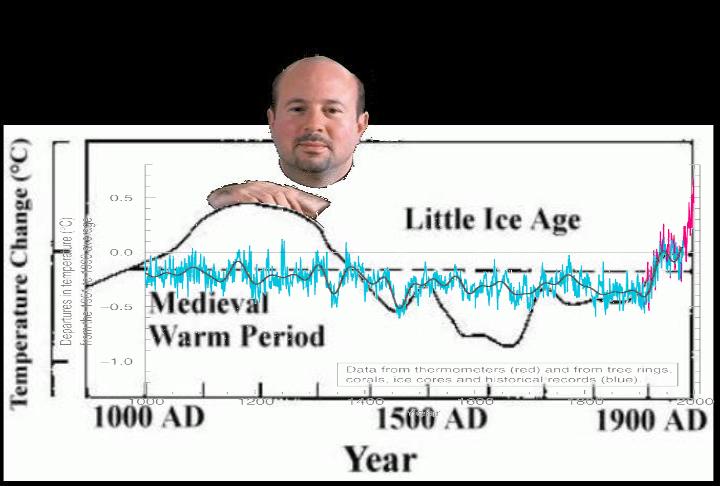Abstract
Lake-based paleotemperature reconstructions are of particular importance in the Arctic, where other useful archives (e.g., tree rings, speleothems) for developing dense networks of quantitative climate records are absent or limited. Lacustrine alkenone paleothermometry offers a new avenue for investigating the evolution and variability of Arctic temperatures during the Holocene. We have generated a ~5,000 year long, decadally-resolved record of summer water temperature from the annually-laminated sediments of Lower Murray Lake on Ellesmere Island in the Canadian High Arctic. The varved sediments of Lower Murray Lake allowed high-resolution sampling and excellent chronologic control of the sedimentary record. We calibrated the alkenone paleothermometer for Lower Murray Lake using previously published data as well as new data from lakes in Norway and Svalbard, providing a quantitative record of temperature variability for the past 5,000 years. The previously published mass accumulation rate from Lower Murray Lake has been interpreted as a paleotemperature record and provides complimentary information to the new alkenone record. Melt percentage measurements from the nearby Agassiz Ice Cap provide another independent summer temperature reconstruction for comparison. Most strikingly, the alkenone record reveals warm lake water temperatures beginning ~800 AD and persisting until ~1200 AD, with temperatures up to 2-3 deg C warmer than the mean temperature for the past 100 years. This dramatic medieval warm period on Ellesmere Island interrupted a distinct (neoglacial) cooling trend that had begun approximately 2000 years earlier. Furthermore, the three warmest intervals seen in the alkenone record during the past 5,000 years correspond to the periods during which the area was occupied by Paleo-Eskimo groups, providing evidence that local climate conditions played a significant role in determining migration patterns of people of the Arctic Small Tools tradition.
http://adsabs.harvard.edu/abs/2010AGUFMPP43C..10D
h/t to Marc Morano



This is not the first report on the area that came to about the same conclusions. Some claimed an even greater temperature there.
How much research does there have to be to prove that the MWP was warmer than it is how?
blame those belching Vikings?
They were raising livestock on Greenland! Their poor farming practices could have also lead to rising sea levels! 😉 They probably clear cut all the forests and that is why there are none there now!
you can google up thousands of these.